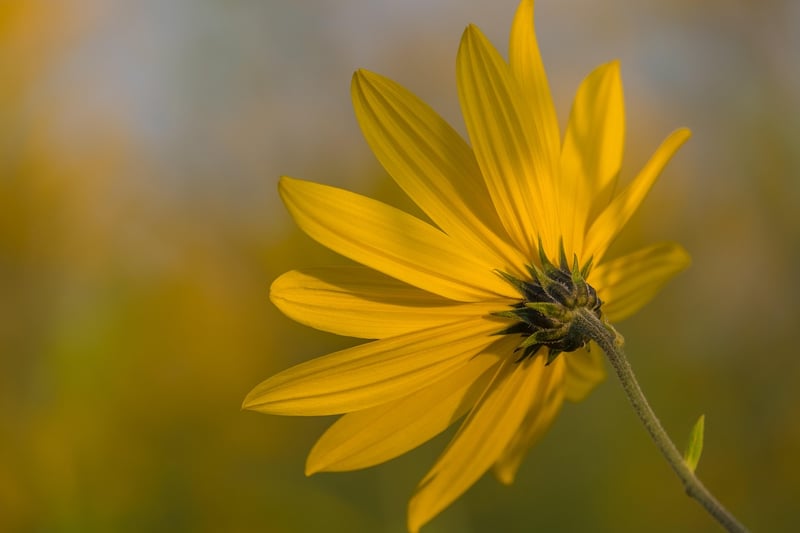Light requirements
Keep Your Garden Flourishing: Understanding Light Requirements
Having a thriving garden requires more than just watering and weeding; understanding the light requirements of your plants is crucial for their growth and overall health. Different plants have varying needs when it comes to sunlight, so it's essential to know how much light your garden receives and which plants will thrive in those conditions. Let's delve into the basics of light requirements for plants and how you can ensure your garden stays lush and vibrant.
Types of Light Conditions
There are generally three main types of light conditions that you need to consider when planning your garden:
- Full Sun: Plants that require full sun need at least 6-8 hours of direct sunlight each day. These are typically sun-loving plants such as tomatoes, peppers, and roses.
- Partial Sun/Partial Shade: Plants that thrive in partial sun or partial shade require 3-6 hours of sunlight per day. They are adaptable to different light conditions and include many popular garden flowers like geraniums and impatiens.
- Full Shade: Plants that prefer full shade thrive in less than 3 hours of direct sunlight a day. These are shade-loving plants like ferns, hostas, and begonias.
Assessing Light in Your Garden
Before choosing plants for your garden, it's important to assess the light conditions in different areas. Here's how you can determine the light levels:
- Direct Observation: Spend time in your garden throughout the day to observe how the sunlight moves across different areas.
- Use a Light Meter: Consider using a light meter to measure the light intensity in specific spots of your garden.
- Check Plant Tags: When purchasing plants, check the tags for information on their light requirements to ensure they are suitable for your garden.
Optimizing Light for Your Plants
To optimize light for your plants and ensure they thrive, consider the following tips:
- Trim Trees and Shrubs: Remove any overhanging branches or foliage that may be blocking sunlight from reaching your plants.
- Rotate Plants: For plants that require full sun, rotate them periodically to ensure they receive uniform light exposure.
- Use Reflective Surfaces: Place light-colored surfaces near plants to reflect sunlight and increase light levels.

By understanding the light requirements of your plants and taking steps to optimize light conditions in your garden, you can create an environment where your plants will flourish. Whether you have a sunny balcony or a shady backyard, there are plants suited to thrive in every light condition. With the right knowledge and care, you can enjoy a vibrant and healthy garden all year round.
Remember, light is a vital element in the growth and development of your plants, so make sure to give them the light they need to reach their full potential!
